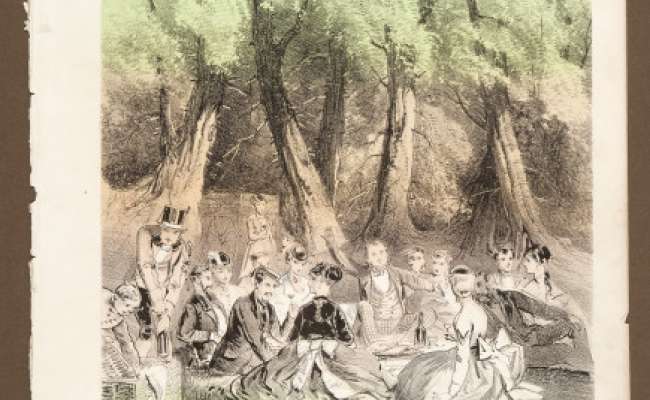Hasler-Handel-Hendrix
The designer and typographer Charles Hasler collected Victorian sheet music. But what happened when we let Middlesex students loose on them?
How did Middlesex University students use Hasler's sheet music to inspire their creative practice?
The Fine Art students were excited to be working with such a rich source of visual material. They developed a series of collages through a participatory workshop, using (reproductions of) images from the music covers. They re-purposed the images to create something new and fresh, while still recognisably inspired by Victorian images.
Darko, an independent student collective, produced a magazine which showcased their work.
In parallel, third year Music students devised new arrangements/compositions based on or inspired by the music behind the covers. And finally Dance students developed choreography in response to it.
The project culminated in a performance at at Handel & Hendrix in central London in March 2018. Darko’s publication also functioned as program for this later performance.
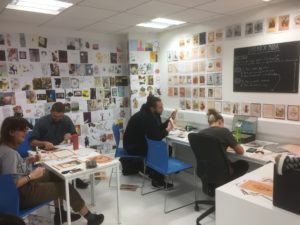
Collages by Darko
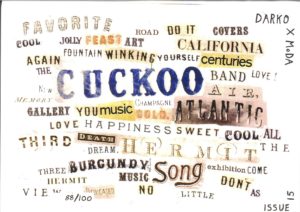
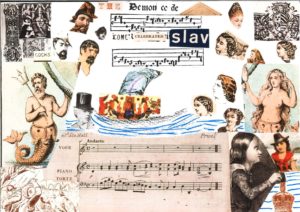
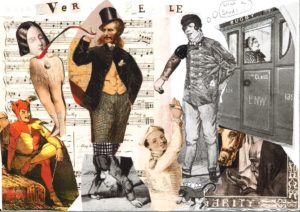
Students reflect on the creative process
Students from all three disciplines came together to reflect on their creative practice and to think about the experience of working with museum objects.
It was so exciting, so special, to see all the museum things…
The students found the process of working with museum collections exciting and challenging and relished the opportunity to work with others outside of their own disciplines.
Tutors reflect on the creative process
Tutors Alberto Duman (Fine Art), Dr Brian Inglis (Music) and Angela Woodhouse (Dance) were impressed by the way in which students worked together across disciplines. They also agreed that taking museum objects as a starting point was a valuable part of the process, since it gave students a feeling of having been allowed special access to valuable things. Fine Art Tutor, Alberto Duman commented:
It is often the secondary path of one’s educational experience that reveals the true nature of one’s disposition and vocation
In the tight calendar of the students’ curriculum, it is increasingly difficult to open up interdisciplinary channels that cut across assignments and department specific outcomes for each module.
With this project, we wanted to foster the opening of these virtuous channels of interdisciplinary activity for students, so they could free their perspectives and approaches to objects, materials and ideas they encounter whilst at University.
It is often the secondary path of one’s educational experience that reveals the true nature of one’s disposition and vocation: the unexpected crossovers and exchanges that this project has engendered between students of Fine Art, Music and Dance would not have happened without the trigger of MoDA’s unique collection items and their support.
Tutors also agreed inviting students to reflect on their creative practice through video interviews was an important part of the learning process.
Dance tutor Angela Woodhouse noted that:
The project offered many layers of thinking and…allowed for new and ambitious challenges
The project was an invaluable experience for the dance students in developing skills across interdisciplinary collaboration, site work, and responding to the source of the Hasler collection.
In this respect the project offered many layers of thinking and, at 2nd year allowed for new and ambitious challenges to be undertaken. In dance learning it is important for students to consider how idea are meaningfully translated both in dance and other media, and how to practically adapt and be inspired by other sites for dance such as Handel and Hendrix House.
Head of Collections at MoDA, Zoe Hendon commented:
This was a great project and we look forward to running it again next year. It is always great to see the new and exciting ways in which students engage with MoDA’s collections, and this project provided very rich opportunities for students to use museum objects within their creative practice.
Next year we plan to build video interviewing into the process from the beginning, making this critical reflection on the creative process an integral part of the work.
The Pic Nic, A Descriptive Fantasia
The Boulevards Quadrille
More Victorian Music Covers
are available here
